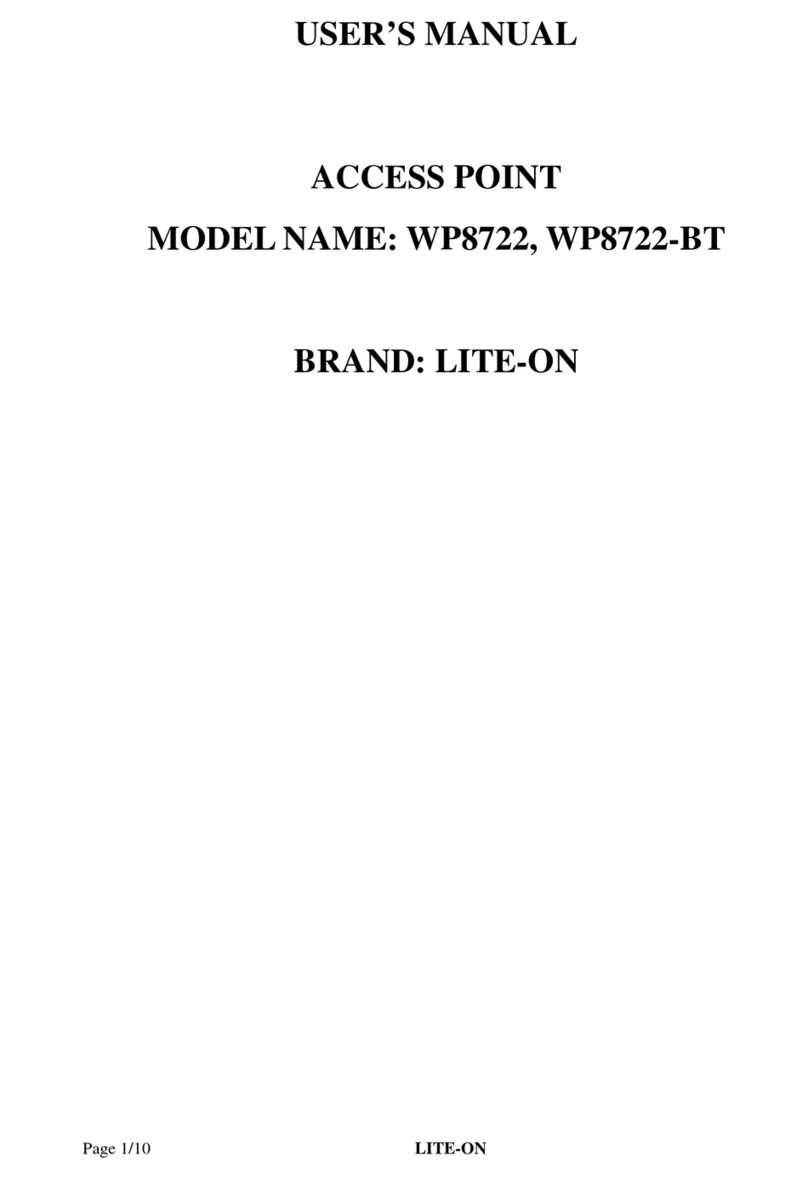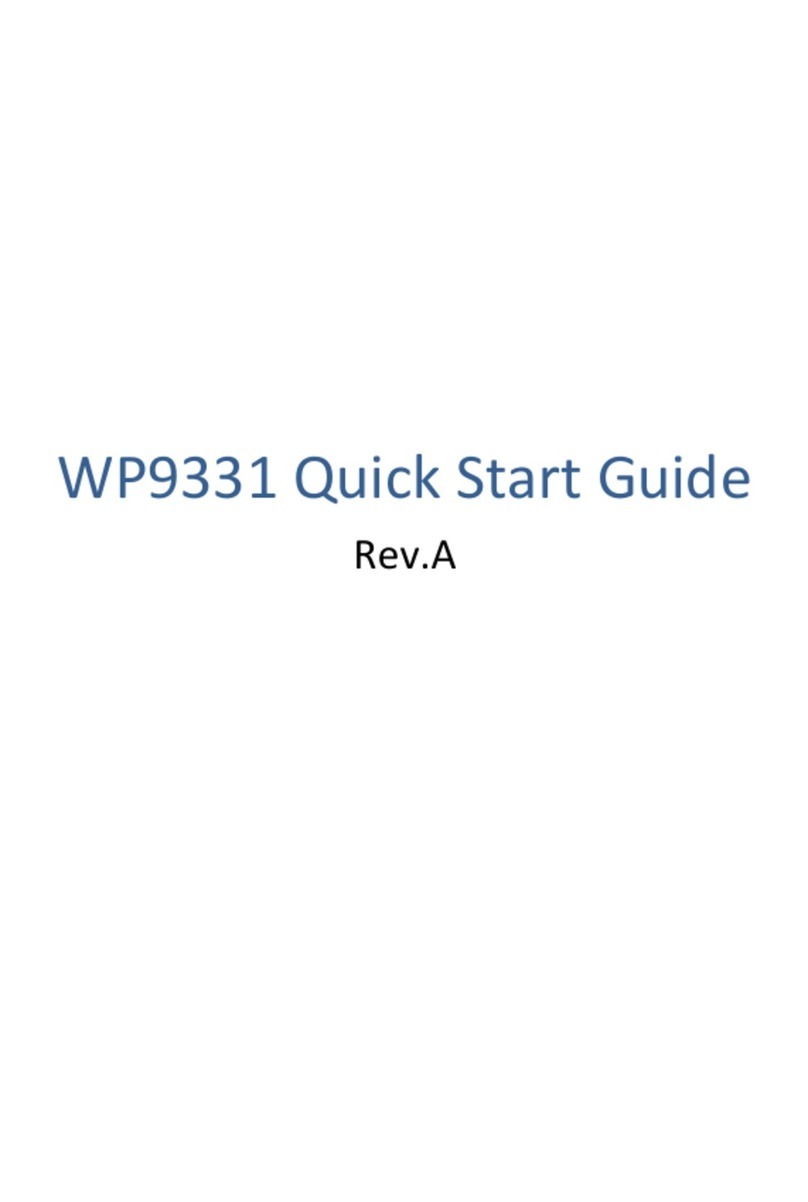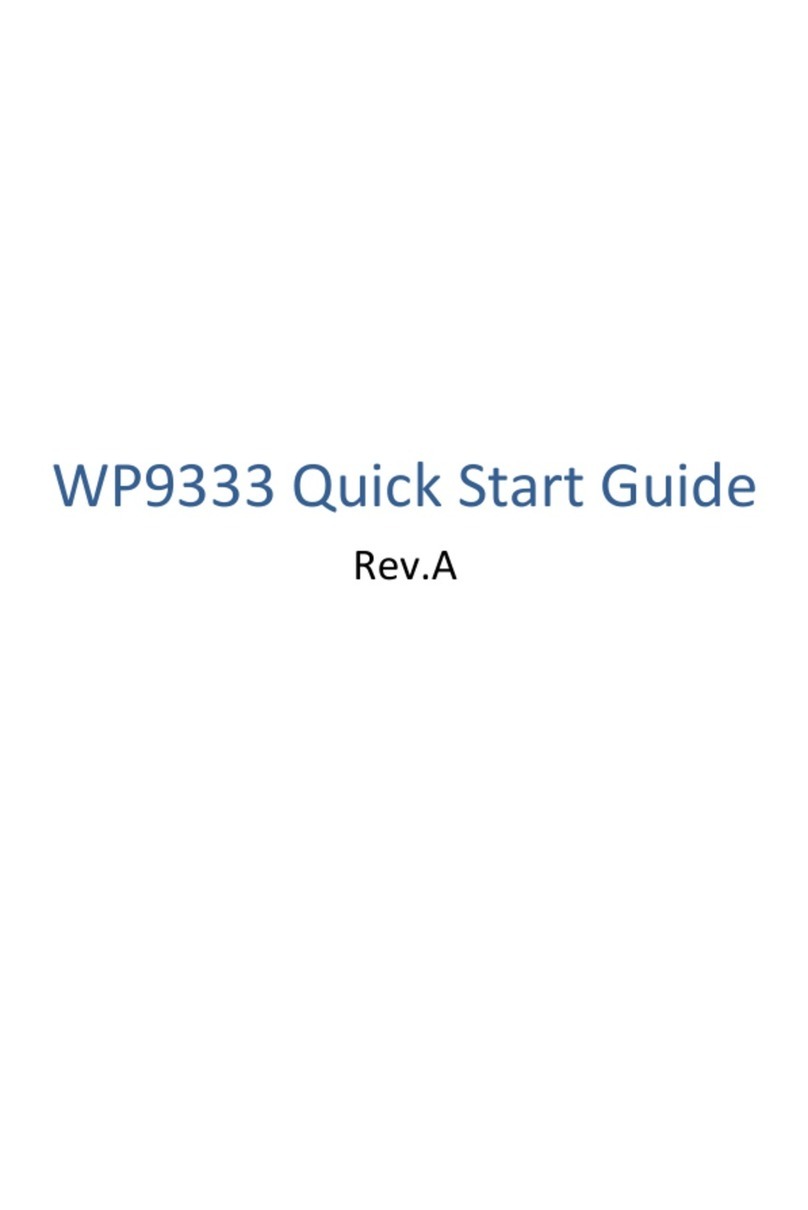
6
2.2 Antenna
Internal antenna (Type I antenna for LAP)
2 × 2.4GHz antennas, Target HPBW: 170 x 90 degree, peak gain > 5.0dBi
(The simulated results at 2.4GHz band are HPBW 185 x 90 degrees, peak gain is about
5.5dBi. The final results depend on the test reaults on EVT/DVT samples.)
2 × 5GHz antennas, Target HPBW: 170 x 90 degree, peak gain > 5.0dBi
(The simulated results at 5GHz band are HPBW 178 x 71 degrees, peak gain is about
6.5dBi. The final results depend on the test reaults on EVT/DVT samples.)
Internal antenna (Type II antenna for LAQ)
2 × 2.4GHz antennas, Target HPBW: 120 x 30 degree, peak gain > 5.0dBi
(The simulated results at 2.4GHz band are HPBW 115 x 50 degrees, peak gain is about
8.0dBi. The final results depend on the test reaults on EVT/DVT samples.)
2 × 5GHz antennas, Target HPBW: 120 x 30 degree, peak gain > 5.0dBi
(The simulated results at 5GHz band are HPBW 115 x 50 degrees, peak gain is about
8.0dBi. The final results depend on the test reaults on EVT/DVT samples.)
2.3 Power Supply
LAP, LAQ should be powered by 24VDC POE Injector (PoE injector is supplied by
customer) or by 24VDC battery pack (external battery pack is supplied by customer) in
standalone application.
In Master-Slave daisy chain application, master LAP, LAQ should be able to be powered
by 48VDC passive PoE injector and the slave LAP, LAQ -FT24 is powered by master
LAP, LAQ
2.4 Reset
LAP, LAQ shall support an external reset mechanism which is not easy touched.
Press and release the reset button to reboot the AP.
Press and hold the reset button “in the order of 50 seconds” (for reference only) to reset
the AP to factory defaults.
2.5 Watch dog
It shall be capable to recover IPQ4029.






























